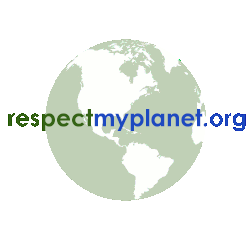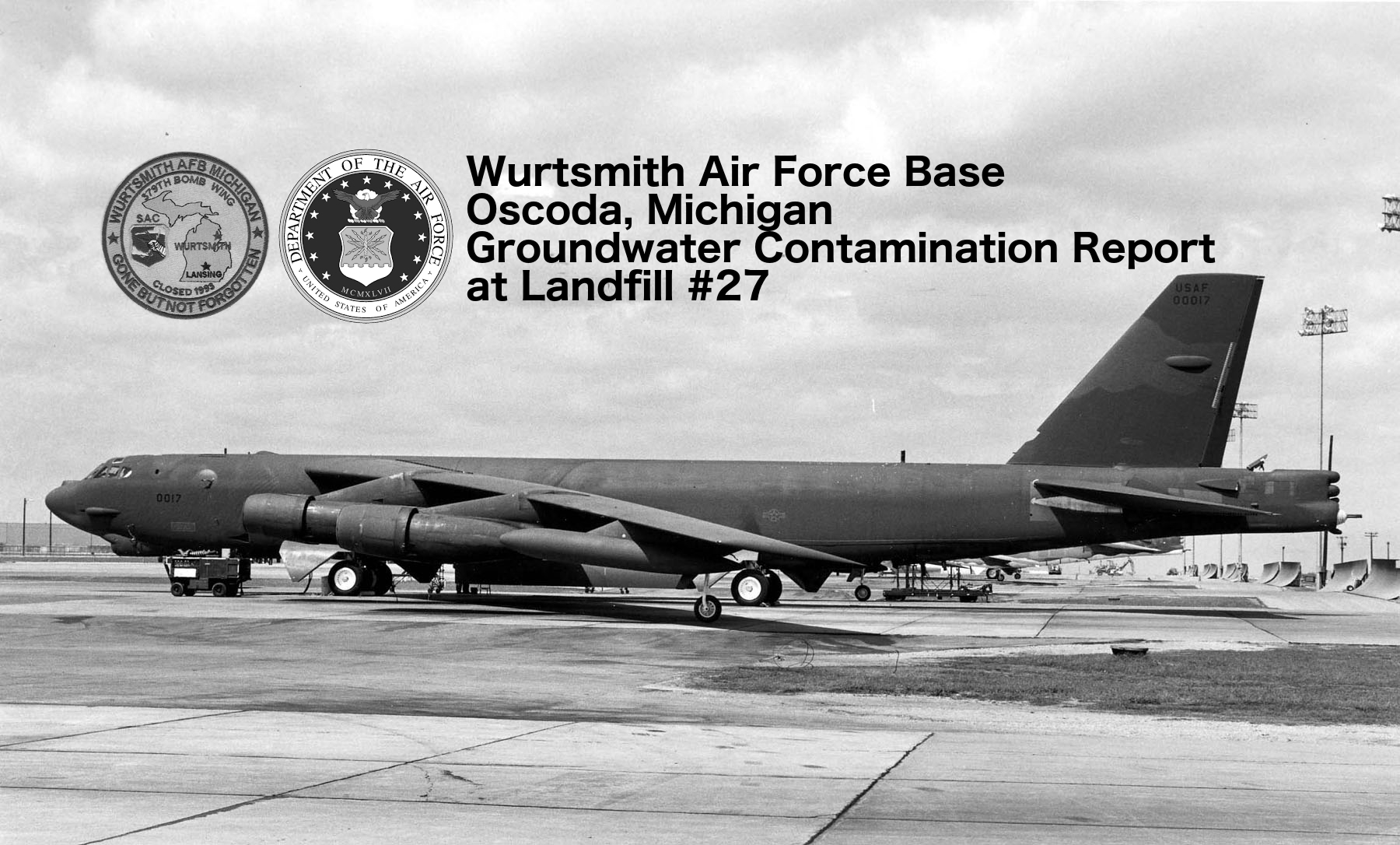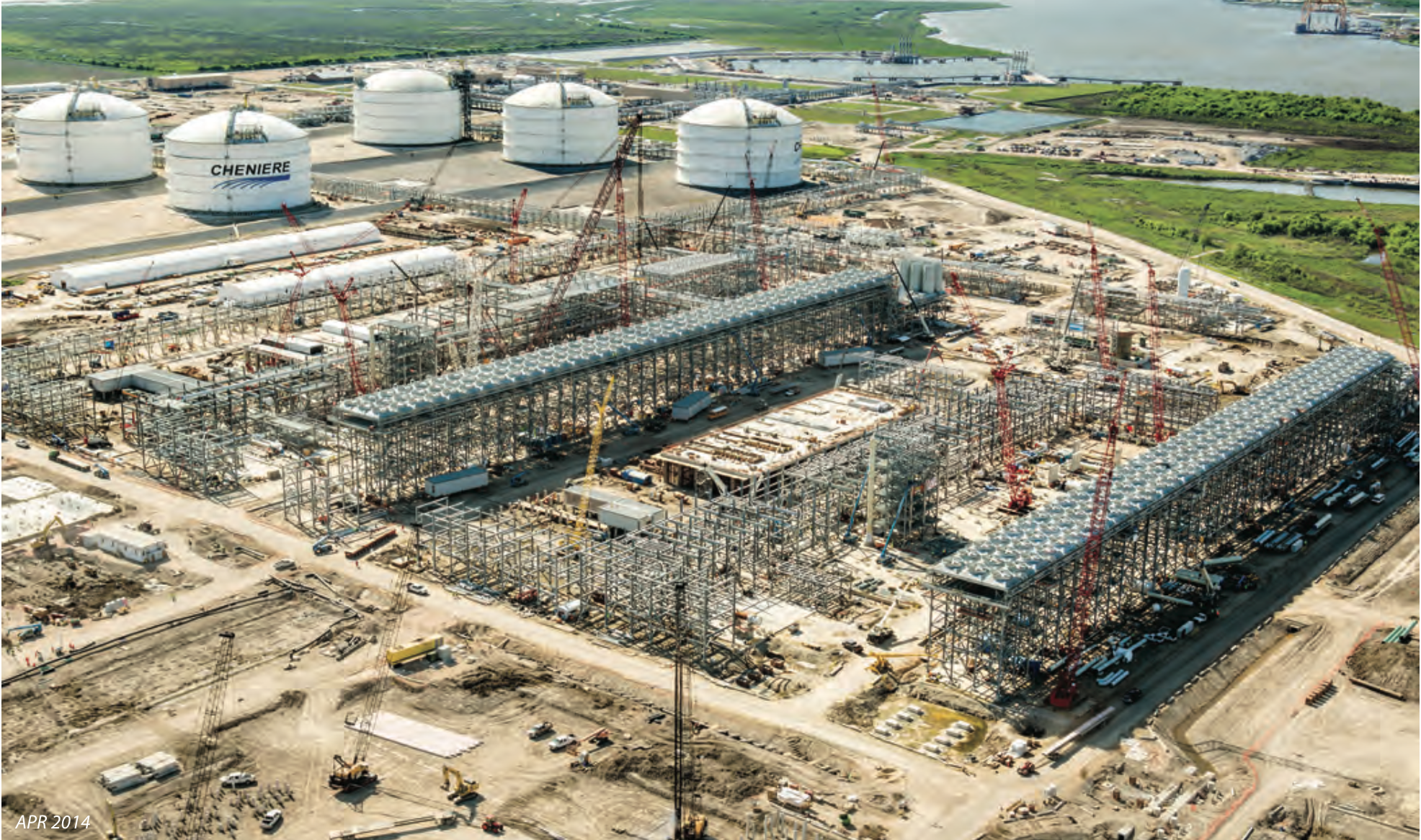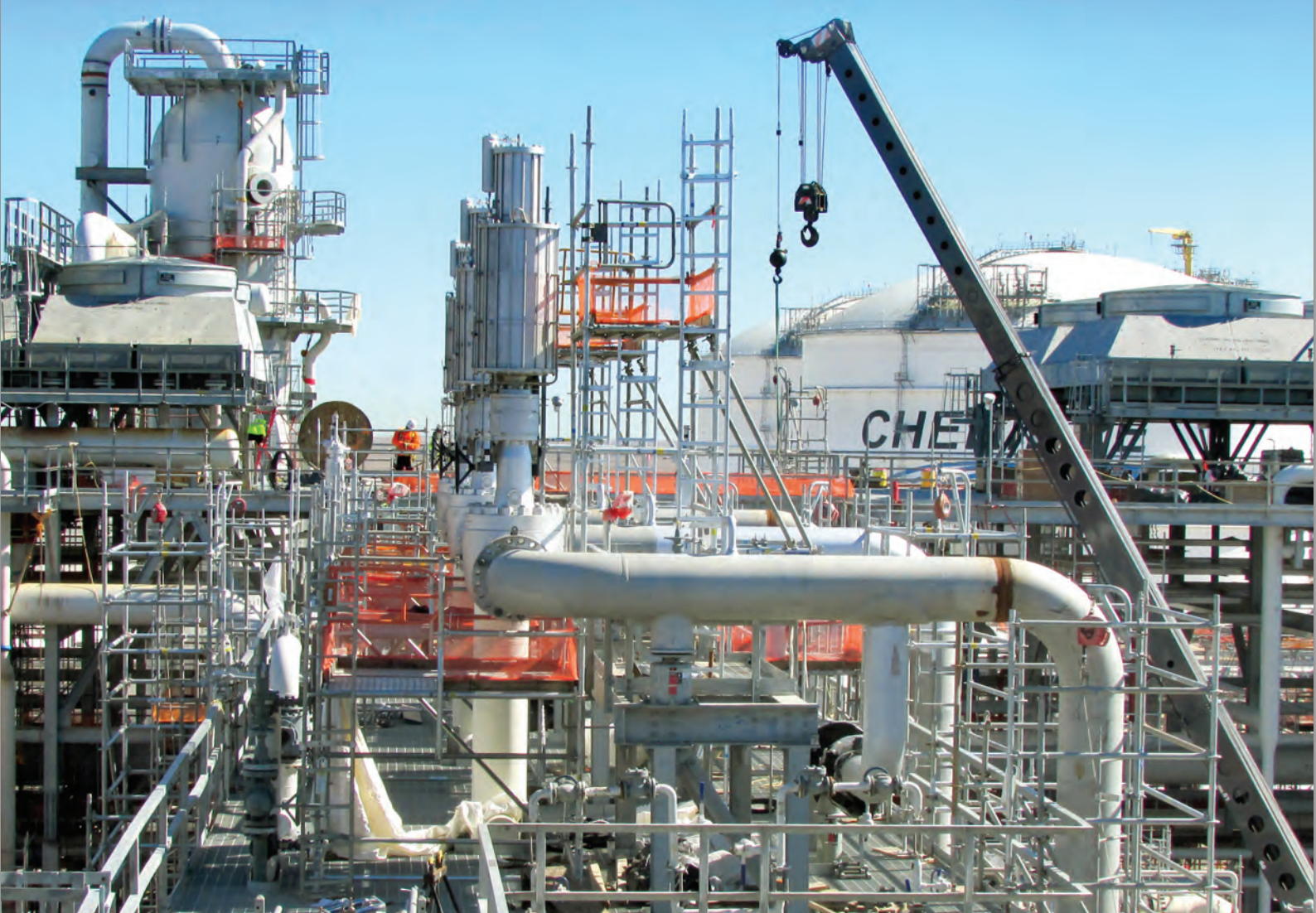RMP Update 5/18/2022 – RMP’s interactive contamination map of Wurtsmith AFB at the bottom of this story has been temporarily taken down. RMP is always upgrading our Made In Michigan mapping software. We are currently in the process of upgrading old maps to our version 3 software. A new and improved map of Wurtsmith AFB will be published soon. Stay tuned. Still a great story below even 6 years after original publication. Enjoy the rest of the story.
The Detroit Free Press published an article March 10, 2016 written by Keith Matheny that raises awareness about groundwater contamination at Wurtsmith Air Force Base (WAFB) in Oscoda, Michigan. You can read the Freep article by clicking here. Keith’s article has current information and details about an upcoming “open house” being held by the MDEQ & US Air Force on March 23, 2016 in Oscoda in order to brief the public about groundwater contamination at WAFB. Each day thousands of gallons of Pure Michigan freshwater soak through Landfill #27 and become contaminated water that flows south through Clark’s Marsh to the Au Sable River and then out to Lake Huron. The extent of the contamination plume around WAFB is not fully understood but ongoing studies are underway to delineate the pollution. A “do not eat” fish advisory was issued immediately after data first became available on May 2, 2012 that showed contamination levels at WAFB above GSI criteria. It’s great to see Freep covering issues that raise awareness about important contamination “hot spots” in the Michigan Basin. RMP has been working on a list of contaminated hot spots in Michigan and WAFB is on our top 10 list. In this post, I will write a little bit about Continue reading “Landfill #27 At Wurtsmith Air Force Base”





